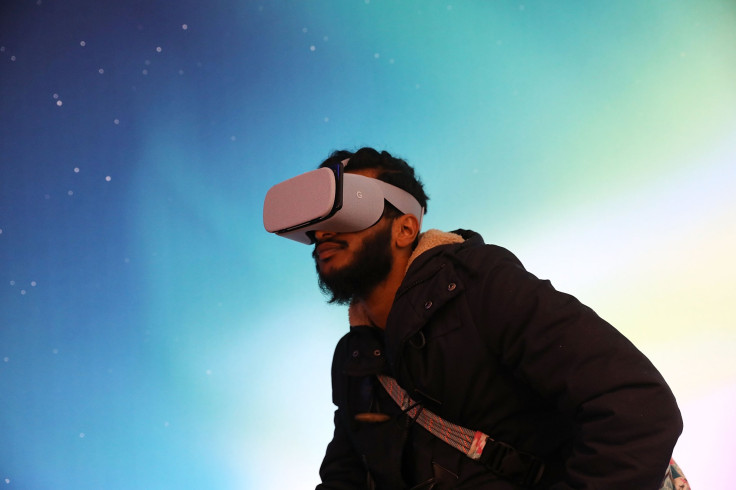Virtual Reality Mansplaining: Simulation Allows Men To Experience Condescension

Virtual reality has the unique power to place us in situations we will probably never encounter in our actual everyday lives. These applications, when executed well, can help instill senses of wonder at magnificent sights or empathy for the oppressed. The latter is the goal for VR producer Yasmine Boudiaf’s newest project, which aims to teach male viewers what it is like to be on the other end of mansplaining, reported by the Evening Standard.
Mansplaining, for those who have lived with their heads in the sand for the past few years, is when men patronizingly explain obvious concepts to women, often things the woman is more qualified to talk about than the man. Every woman you know has countless stories of this happening to them. In Boudiaf’s series of VR shorts, the viewer is placed in the position of a woman who is being condescended to in the workplace by a man in a series of common situations.
One of the shorts can be viewed on YouTube below:
Ideally, you would wear a VR helmet and actually be placed in the scenario, but an embedded YouTube video works,too. As a man, you can experience having your ideas dismissed, being treated like a low-level employee by someone below you on the corporate ladder and getting passed up for promotions. Of course, co-workers making comments about your appearance are also part of the deal.
Boudiaf said the idea is to educate men about “little misogynistic aggressions” they might see or unknowingly take part in at the workplace so they can learn to tone it down.
“My objective is not to punish anyone, just to highlight problematic behaviours,” Boudiaf told the Standard. “My message is you have to talk about it, not just follow some prescriptive guidelines that you can never ask a woman about what she’s wearing, because I don’t want to scare guys. Some women are fine with being complimented about their hair, some women are totally not.”
Behaviors like this, which many men think are harmless, do have a psychological toll on their female colleagues. Boudiaf’s objective is to showcase how alienating and marginalizing it can be to be treated as inherently different and lesser in an office setting. Commenting on appearance, ignoring useful critiques and assuming a lack of seniority all fall under this umbrella of behaviors.
This is an example of VR potentially being put to better use than the theme park attraction-like atmosphere of many consumer VR products. A similar application a few years ago allowed men and women to virtually “switch bodies” with each other, using early Oculus Rift hardware. Using the helmet and motion controller technology simulate rollercoasters or gunfights is a decent proof of concept, but projects like Boudiaf’s hint at a greater future for the nascent technology.
© Copyright IBTimes 2024. All rights reserved.



















